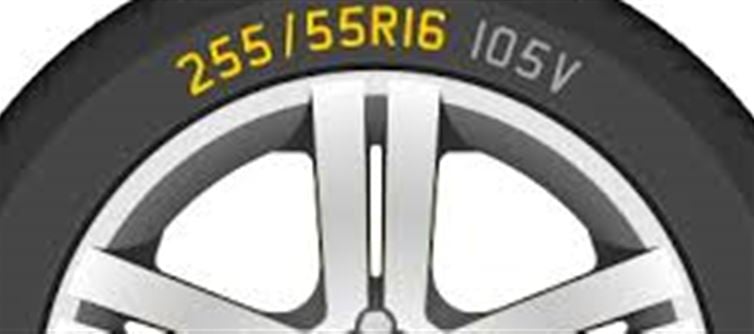
Have you ever wondered what the numbers and letters on your car or bike tyres signify? While they may seem like random codes, these markings actually provide crucial information about the tyre's specifications.
Each tyre marking, such as "145/80 R12 74T" or "205/65 R15 94H," contains significant data:
1. Tyre Width: The first number (e.g., 145 or 205) indicates the tyre's width in millimeters. For instance, "145" means the tyre is 145 mm wide.
2. Aspect Ratio: The second number (e.g., 80 or 65) represents the aspect ratio, which is the height of the sidewall as a percentage of its width. An "80" means the sidewall height is 80% of the tyre's width.
3. Construction Type (R): The letter "R" denotes Radial construction, the most common type today, known for its strength and durability.
4. Rim Diameter: The following number (e.g., 12 or 15) indicates the rim diameter in inches, ensuring a proper fit. For example, "R15" fits a 15-inch rim.
5. Load Index: The subsequent number (e.g., 74 or 94) indicates the maximum load capacity. A "74" means the tyre can carry approximately 387 kg, while "94" corresponds to around 670 kg.
6. Speed Rating: The last letter (e.g., T, H, V) shows the maximum speed the tyre can handle safely, with T rated for up to 190 km/h and H for 210 km/h.
Understanding these numbers is vital for road safety and vehicle performance. Choosing the wrong tyre specifications can compromise handling and fuel efficiency, while exceeding load or speed limits can lead to dangerous situations.
In summary, always check your tyre markings to ensure you select the right tyres for your vehicle, enhancing safety and performance.
Disclaimer: This content has been sourced and edited from Indiaherald. While we have made adjustments for clarity and presentation, the unique content material belongs to its respective authors and internet site. We do not claim possession of the content material..jpg)




 click and follow Indiaherald WhatsApp channel
click and follow Indiaherald WhatsApp channel